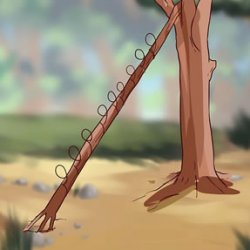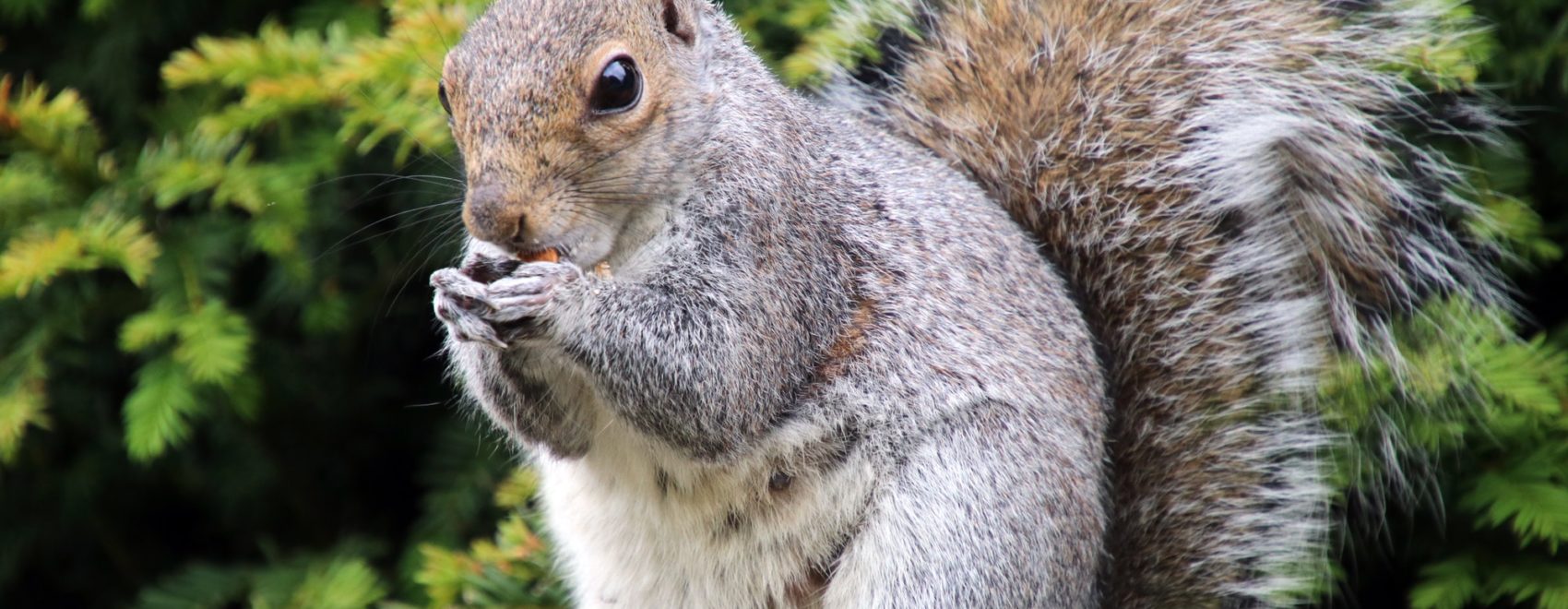How to Build a Squirrel Pole Snare Trap
Imagine if you are in a S.H.T.F. situation. Be it from a complete socioeconomic fall out or a natural disaster, the grid is down, there is no power, no water, and whenever you try to make a phone call you get the “all circuits are currently busy” message. The air is thick with black choking smoke from the buildings that are burning, sirens are screaming, people are looting … people are killing!
You have managed to get your family out of the city and into a more rural wooded area, but what do you do now? There is no telling how long this living hell will continue, or how long until order is restored. Even if order is re-established, will you still have your home?
You played it smarter than most, you have a bug out bag with a few MRE’s , some long term food storage, a small dome tent, some paracord, a small spool of fine gauged wire, and a .22 Cal rifle that breaks down for storage with a limited cache of ammo.
There are so many things that you have to do: set up your shelter, find some sort of water source, protect your family, and hunt for food (because those few MRE’s aren’t going to last forever.) Hunting for wild game can be quite time consuming, and when you have a list of tasks to do in a life and death situation, time and ammo are two things that must be rationed out judiciously.
What is a Squirrel Pole?
If a situation like the one described above happens, something as simple as a “squirrel pole” can feed your family and possibly save your lives. You may be asking yourself what a “squirrel pole” is.
The first words that come to my mind are simple and effective. This humble method of trapping small wild game is in essence a pole with a series of small wire snares that is anchored or wedged at a downward 45 degree angle to a tree that has heavy small game traffic (often squirrels, hence the name) The theory of this working is the fact that instead of running down the tree to the ground, the squirrels will instead run down the tree to the “ramp” or “runway” and eventually end up in the snares.
Constructing a Squirrel Pole
First things first, you need to find a tree that has heavy game traffic. A squirrel will nest in almost any type

of tree in its natural environment. When constructing a squirrel pole, I have the best luck with trees that produce nuts, often a hickory or an oak will be the ticket to success.
The easiest way to find out if squirrels are frequenting a nut bearing tree is to look for a nest in the branches of the tree or signs of them on the ground. A tell-tale sign of squirrel action will be the hulls of the nuts around the base of the tree where a squirrel has chewed off the shell, and either stored or consumed the meat of the nut.
Step 1. Once you have found a tree that is showing recent signs of squirrel activity, the next thing to do is find a medium sized limb between 3 ½ and 5 ft long with a diameter of 2 to 3 inches. When I am setting up a squirrel pole, I prefer to find a limb or sapling that still has foliage on it. This helps to camouflage the snare wire, but in a pinch any limb with these dimensions can work.

Step 2. Take the limb that you are intending to use as the “ramp” or “runway” and wedge it against the trunk of the tree at a downward 45 degree angle; a medium sized stone can be placed at the bottom of the run way at ground level to help support it as it is wedged against the tree trunk.
Step 3. The next step is constructing the snares out of the wire and attaching them to the runway at various angles and intervals. To make a snare, cut a 10 inch length of wire and make a small loop at one end.
Twist the wire tightly, then take the other end of the wire and run it through the first twisted loop you made. Next, fasten the snare around the ramp by wrapping the wire around the pole and twisting it tightly together as you did with your first loop.
I prefer to make my snares about 2 inches in diameter and about 1 ¼ inches above the run way. This makes it possible for a squirrel to run through them head first and get snared around the stomach and hip area.
One downfall of this method of trapping squirrels and other small game is that you may have to physically kill the animal yourself if they do not die of strangulation. This may sound cruel to some people, but it is a way better alternative to starvation and or death.


Leave a Reply